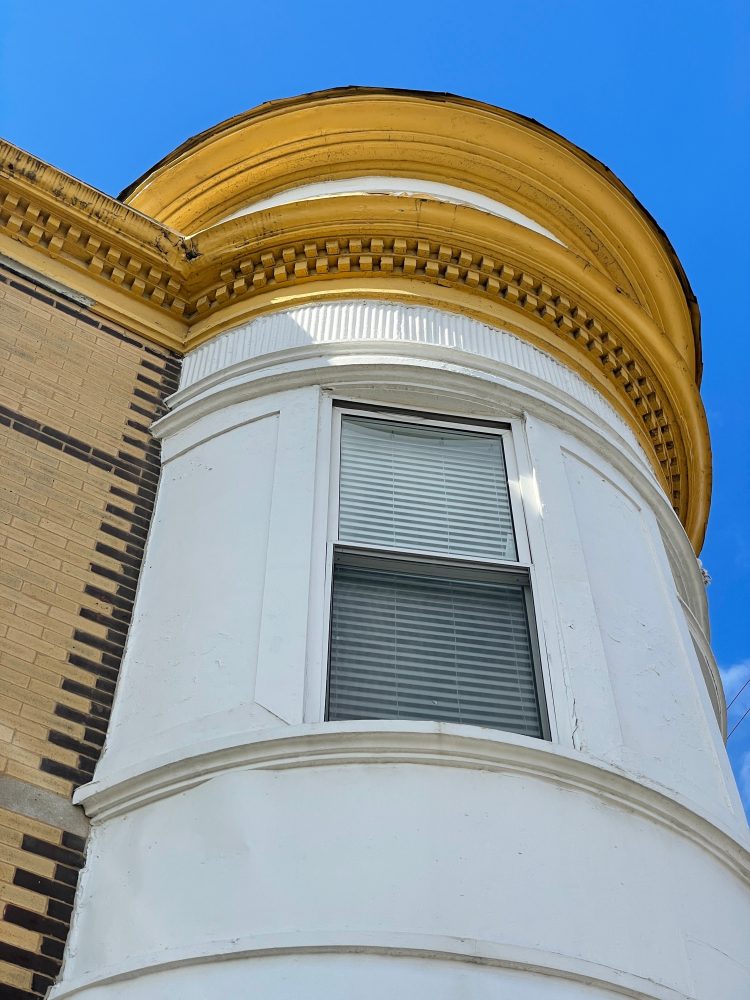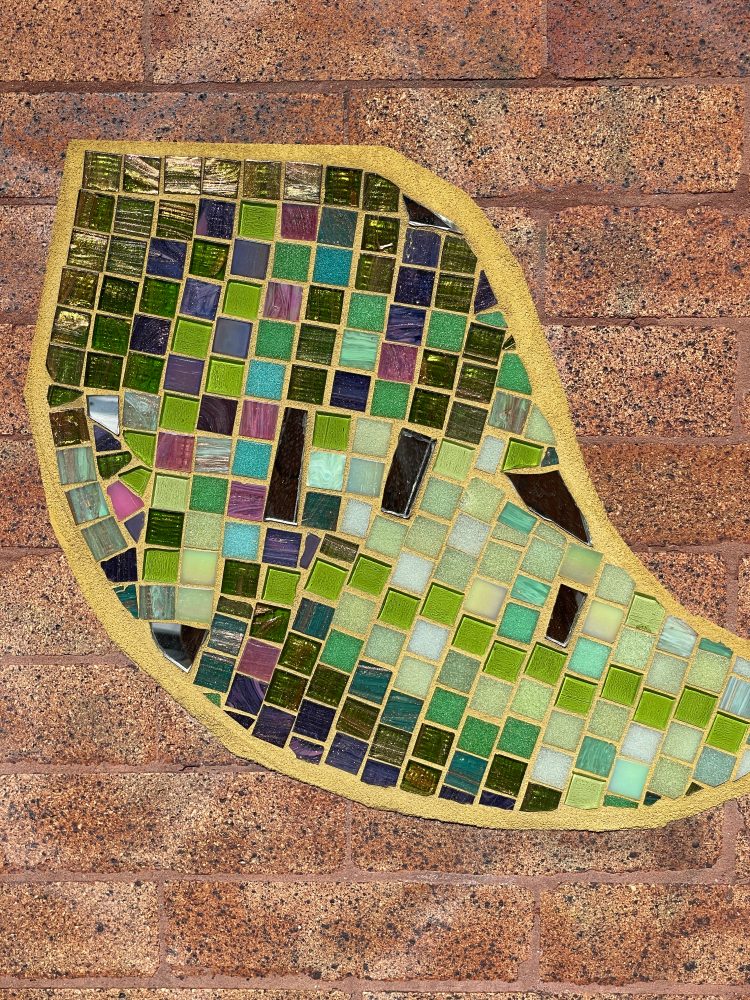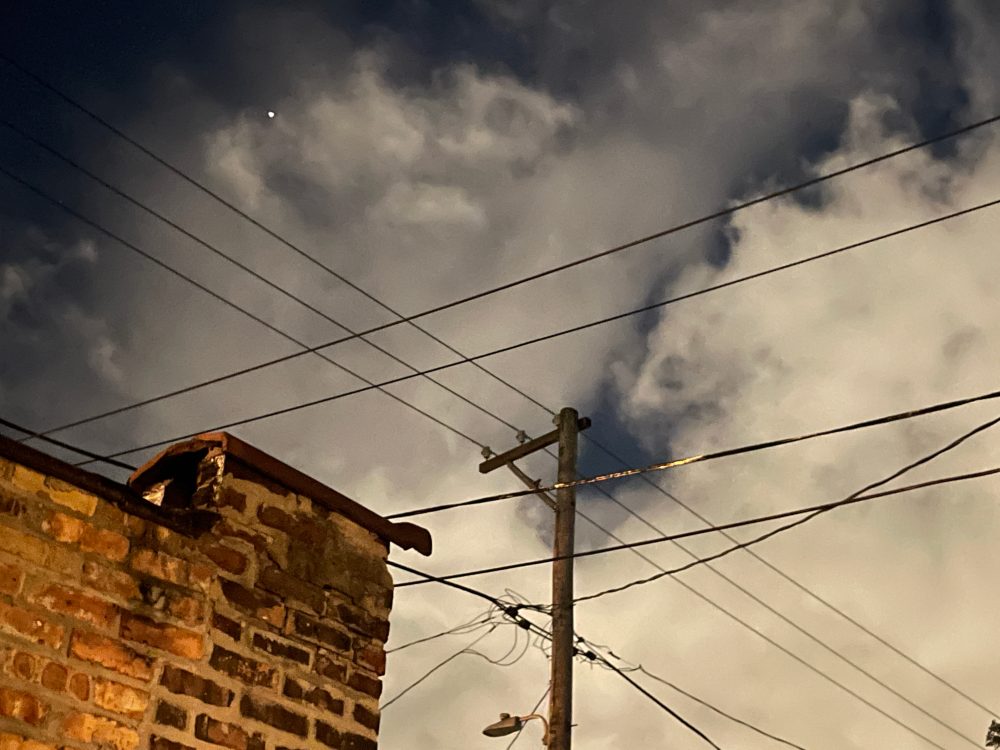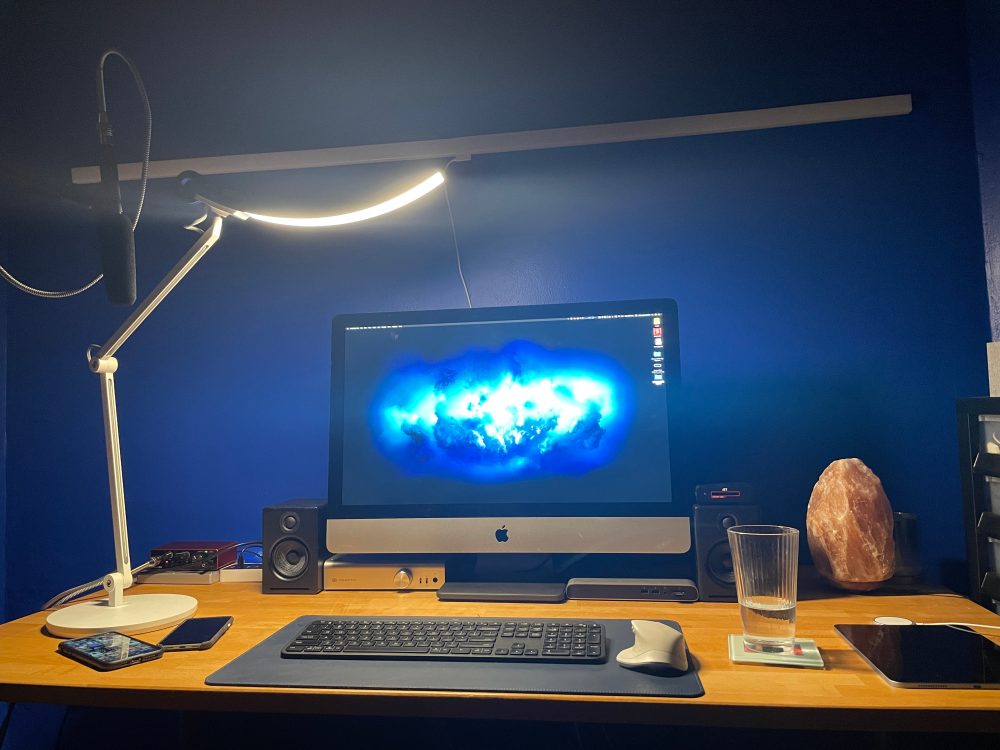
The iPhone 12 Pro has finally arrived and brings a bunch of new features into play with the inclusion of a new processor, camera system, and MagSafe charging. Watch our hands-on video inside for all the details!
Unboxing
For the first time in a long while, we’re getting an iPhone unboxing experience that’s a bit shorter than what you may be used to. The iPhone 12 Pro has a substantially smaller box than the 11 Pro does, and that’s because the iPhone does not include headphones or a power adapter in the box this year. This will likely be the case indefinitely. Apple claims that they want to support the environment by bringing down E-waste and that the removal of these accessories will apparently do so.

Top Features Video
Special thanks to iMazing for Sponsoring 9to5Mac on YouTube. Get 30% off iMazing for a limited time
Design
Apple decided to give us a throwback to the beloved flat-edged iPhone 5/5S design, and it looks and feels incredible. The 12 Pro is just a gram-heavier than the 11 Pro, so there isn’t a noticeable difference in weight. The 12 Pro uses the same stainless steel frame as the 11 Pro as well, so there’s been no drop in quality with the design change. I personally never owned the iPhone 5/5S, so I’ve never had the true appreciation for this design that others do. But when getting the device in my hands, I can safely say I see what the hype was all about.
With this design change, there’s also been a slight improvement in the screen-to-body ratio. The iPhone 11 Pro featured an 82.1% screen-to-body ratio. The 12 Pro now has an 86% screen-to-body ratio, which is only about a 4% increase — something that most people aren’t likely to notice without looking for it.

Display
The display has undoubtedly been a big point of contention here for the 12 Pro, as the screen has now jumped from 5.8 inches on the 11 Pro to 6.1 inches. A lot of 9to5Mac readers have expressed their disapproval of this size increase. However, I personally prefer this bump in the screen size. It gives me the perfect feel in the hand for usability and makes viewing content just a tad bit more enjoyable.
Regardless of the size, though, viewing content on the 12 Pro is naturally very enjoyable. The 12 Pro has the same Super Retina XDR OLED display found on the 11 Pro, but this year, we’re getting a slight bump in resolution, with the display now having a resolution of 2532 X 1170 compared to 1125 X 2436 from last year’s 11 Pro.

I can’t say I can see a difference between the 12 Pro and the 11 Pro as far as the resolution. But as expected from a $1,000 flagship, the display is absolutely gorgeous. It gets sufficiently bright outdoors, the color reproduction is excellent, and it generally speaking has that pop that you get from OLED displays.
Ceramic Shield
The iPhone 11 Pro already had the toughest glass in a smartphone, according to Apple. But apparently, the toughest glass still needed to get tougher, because now we have what Apple’s calling a Ceramic Shield for the iPhone 12 Pro.
The Ceramic Shield’s constructed with the use of nanoceramic crystals, which are harder than most metals. Apple’s team managed to turn those crystals into transparent glass for the iPhone. Apple brags about how they were able to develop a formula for these crystals that maximizes the strength of the ceramic material while staying optically clear. Apple claims you’re going to be getting 4x better drop performance with this new Ceramic Shield. My advice as always is to treat this phone just as carefully as would a previous-generation iPhone model. At the end of the day, glass is not invincible.
Pacific Blue Color
I’m a big fan of the new Pacific Blue color compared to last year’s midnight green. It’s much more pronounced, and you can always tell it’s a blue color no matter what angle or lighting situation you may be in. That isn’t something I could say for the Midnight Green 11 Pro. And as a videographer, it’s been oftentimes quite difficult trying to capture the essence of the midnight green color on-camera. That isn’t a problem I have with the Pacific Blue color. I think this was a great color choice from Apple to complement the sleek matte-frosted glass back on the 12 Pro.

A14 Processor
Coming hot off the heels of the A13 Bionic in the iPhone 11/11 Pro is the A14 Bionic. This processor is significant in multiple ways. The A14 is Apple’s first CPU to feature a 5-nanometer process, which essentially means the processor is going to consume less power while simultaneously offering much better performance than the A13. There are many ways in which the A14 brings improvements for all areas of the experience. The 16-core neural engine is going to improve deep fusion performance for photo processing. The A14 even allows for 4K HDR Dolby-Vision video recording.

When running benchmarks in Geekbench 5, it’s clear that the A14 Bionic chip brings some significant performance gains over the A13 on paper. Everywhere from image compression to speech recognition, the A14 processor is going to be a bit faster. And while the A13 felt far from sluggish, this is an even faster platform. Gaming on the 12 Pro is notably smoother than the 11 Pro for certain titles.
Upgraded Memory and Storage
If you weren’t a fan of the 64GB base-storage option on the iPhone 11 Pro, then you’ll be happy to hear that you get 128GB to start, which is much more appropriate for a $1,000 phone in my opinion. In addition to that, Apple bumped up the RAM from 4GB in the 11 Pro to 6GB in the 12 Pro. This is going to help with multitasking and using more intensive applications. I don’t feel as though the 4GB of RAM in the 11 Pro was a bottleneck by any means, but having an extra 2GB definitely gives me more confidence in the device’s long-term performance capability.
MagSafe

A year ago, I wouldn’t have guessed my next iPhone would have MagSafe, but here we are. MagSafe has made its return on the iPhone 12. And while this is going to open up a whole new world for accessories, MagSafe charging itself doesn’t provide any features or benefits I feel I can’t be without. The idea of MagSafe is that you’re taking away the inconveniences of standard wireless charging by using magnetization. And while this isn’t necessarily a game-changer in its current form, it very much has potential to be a lot bigger in the future with better accessories. This is something I’ll touch on more in the full review.

One of the first MagSafe accessories to be released by Apple is a Silicone case. When you connect the case to the phone on the lock screen, you’re going to get a connection-chime and animation, with a color corresponding with the color case you’ve got, which is pretty cool. I didn’t think MagSafe could carry over that kind of information, but it’s cool to see nonetheless. I can only imagine how third-party manufacturers will implement this going forward.

Camera
With every iPhone upgrade, it’s tradition to expect some upgrades in the camera department, and the 12 Pro is no different in this regard. The 12 Pro features the same triple-lens camera setup as the 11 Pro. The only hardware differences this we’re getting is an f1.6 aperture on the primary lens instead of an f1.8 lens on the 11 Pro.
I took quite a few photos to determine whether the 12 Pro’s camera system is noticeably better than the 11 Pro, and I’d say it can be, depending on the environment. But general image quality of the 12 Pro is not noticeably better than the 11 Pro in my testing. Dynamic range and low-light seem to be the biggest advantage of the 12 Pro over the 11 Pro for photos.
They’ve improved low-light performance in the 12 Pro a ton. Brightness and noise are definitely handled much better on the 12 Pro a majority of the time, as you’ve now got the night mode feature for all three cameras. And in addition to that, you’ve now got night mode on the front-facing camera as well. This dramatically improves exposure levels for photos taken in low light and can really save some poorly-lit selfies.
DolbyVision Video Recording
The iPhone 12 and 12 Pro are now capable of shooting 10-Bit DolbyVision HDR Video at up to 60 frames per second, which is a first for any smartphone. Shooting 10-bit video as opposed to 8-bit video is going to help with preserving a lot more color data. True DolbyVision isn’t supported by the majority of displays on the market, and even Apple’s own Final Cut Pro doesn’t support DolbyVision HDR just yet. Just like the 5G in this phone, this isn’t something you’ll be able to take full advantage of right now.
From my initial impressions though, even on the iPhone itself, the video quality looks noticeably better than on the 11 Pro. The dynamic range specifically has definitely seen an improvement. Overall, the video prowess on the iPhone 12 Pro is awesome as expected. Make sure to stay tuned for our full review to get our thoughts on the iPhone 12 Pro and Pro Maxes camera.
LiDar Scanner
The iPhone 12 Pro is the first Apple product outside of the iPad Pro to feature the LiDar Scanner. This little sensor is really important for improving Augmented Reality experiences within things like gaming and measurement utilities. The LiDar Scanner measures depth by using invisible light rays to measure the distance between the sensor and any particular object. All of this is important for having realistic representations of what something on your phone may look like in real life.

The LiDar scanner’s not only going to help with Augmented Reality performance but general photography as well. The LiDar scanner is going to improve autofocus performance, helping you track your subjects better in lower lighting conditions. This is especially useful for taking low-light portraits, which is very enjoyable on this camera setup.
5G

The iPhone 12 Pro features support for Sub-6 and mmWave 5G which are going to be the most common forms of 5G you’re likely to see going forward. When in ideal conditions, the potential of 5G is quite astonishing. 5G makes your phone capable of pulling Gigabit download speeds and significantly faster upload speeds. When 5G is everywhere, this will be awesome to take advantage of. But it’s going to be years before we’re achieving these speeds in most areas. With support for 5G in the 12 Pro, you’re going to get slightly faster 4G LTE speeds. But it isn’t the drastic increase in speed you’re supposed to get from mmWave 5G.
In the settings, there’s an option to choose between 5G On and 5G Auto. With 5G-On enabled, the phone will essentially be utilizing the 5G Radio whenever it can. 5G-Auto will automatically enable and disable 5G, depending on how badly it’s affecting your battery life. My advice would be to leave it in 5G Auto; it’ll definitely improve the battery life by a bit.
9to5Mac’s Take

Overall, the iPhone 12 Pro has a lot of nice additions. The potential of MagSafe with future accessories, the amazing feel in the hand with the updated design, and the updated camera features further refine an already great shooting experience. There’s still quite a bit more testing that needs to be done. And we have yet to get our hands on the 12 Pro Max, which has some slight upgrades that the 12 Pro is missing. Stay tuned for our full review where we’ll further address the cameras, battery life, and 5G.
What’s your favorite feature on the new iPhone 12 Pro? Sound off in the comments below!
Looking to trade in your iPhone/upgrade to iPhone 13?
FTC: We use income earning auto affiliate links. More.












Comments